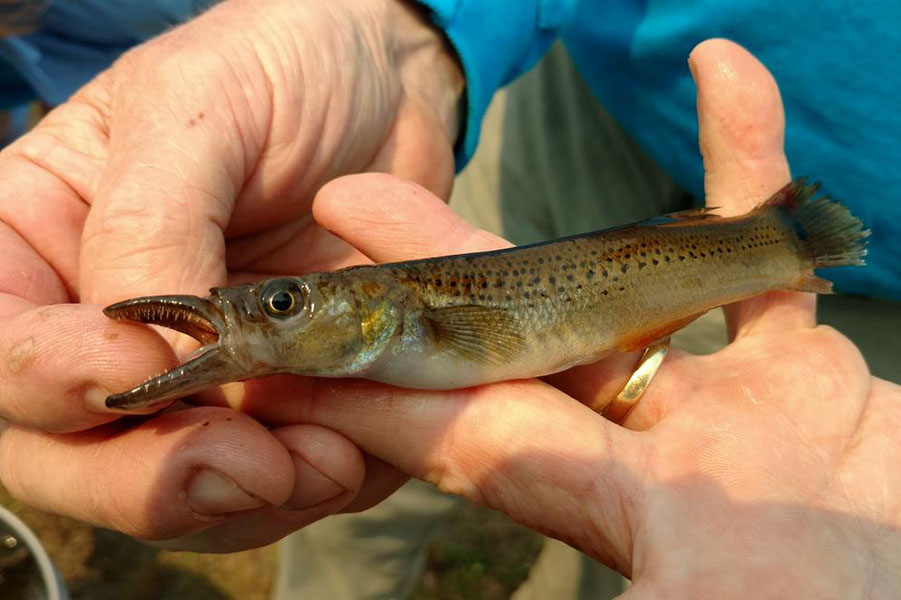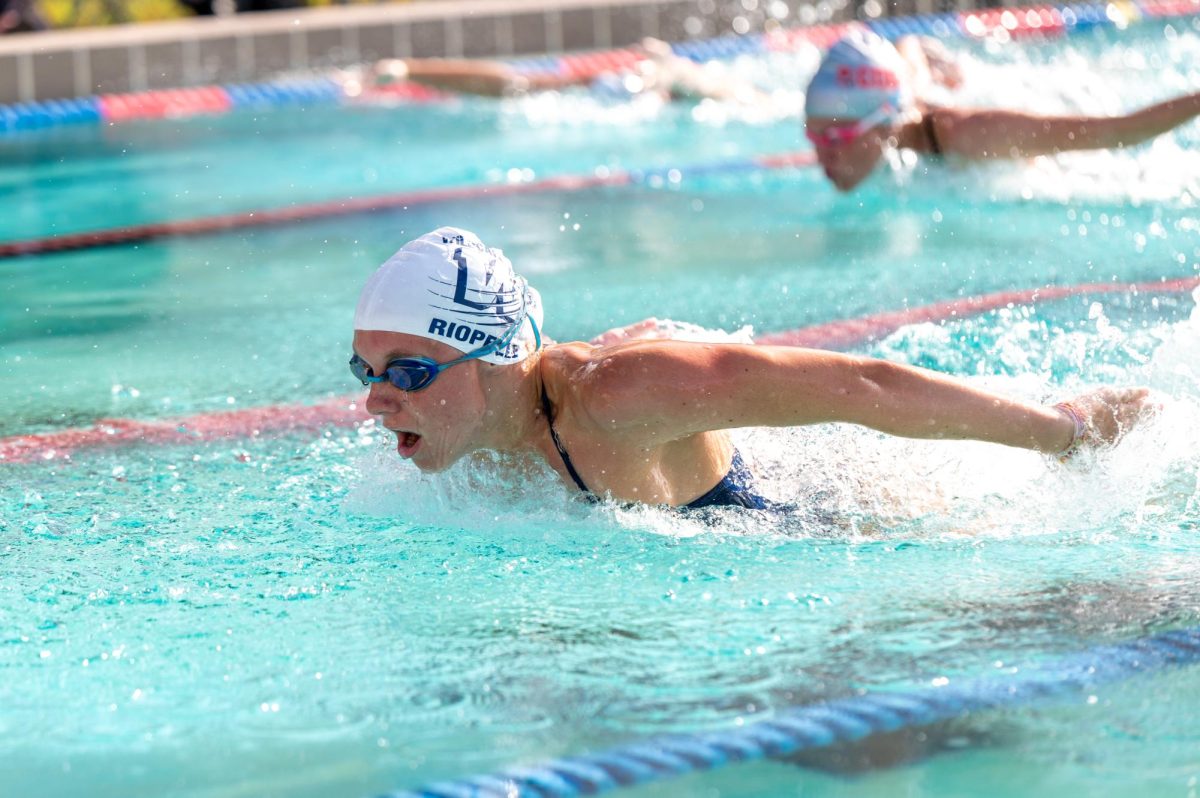Non-native fish invade Florida’s freshwaters
Kaitlin Kovacs, USGS. Public domain.
The pike killifish, native to Mexico and Central America, was one of 13 nonnative fish species biologists have discovered in Big Cypress National Preserve.
December 10, 2019
More and more nonnative fish are starting to invade the freshwater areas in the state of Florida.
One such species, the pike killifish, was first released by researchers into agricultural canals late in the 1950s, despite the fact that the Lucey Act established in 1900 bans illegal wildlife trafficking in the United States. At the time, only about 50 pike killifish were released, but those 50 fish turned into millions during the ensuing decades.
Now, the Florida Fish and Wildlife Conservation Commission has identified up to 22 non-native fish in Florida’s freshwaters. Some nonnative fish are even introduced by state agencies to help control other nonnative populations.
“I think it’s crazy that there are so many fish that are in Florida that are nonnative,” Cole Sandberg (10) said. “I think it’s kind of a bad idea though because they could be eating other Florida wildlife possibly and could maybe contribute to the decline of a population.”
Alex Spak (10) has seen some of these exotic species locally.
“I have been fishing lately in ponds and have seen these fish swimming near the shore,” he said. “I find it very interesting but also very weird on how they are here in our state.”
The butterfly bass is one of the nonnative fish introduced by the Florida Fish and Wildlife Conservation Commission and plays a vital role in local ecosystems and economies. The organization first introduced the butterfly bass — also known as the peacock bass — into the waters of Miami-Dade and Broward counties in the 1980s to cull other invasive fish populations, but now the peacock bass is more than just that. It now supports a multimillion-dollar fishery.
By Harry Carcieri





















































